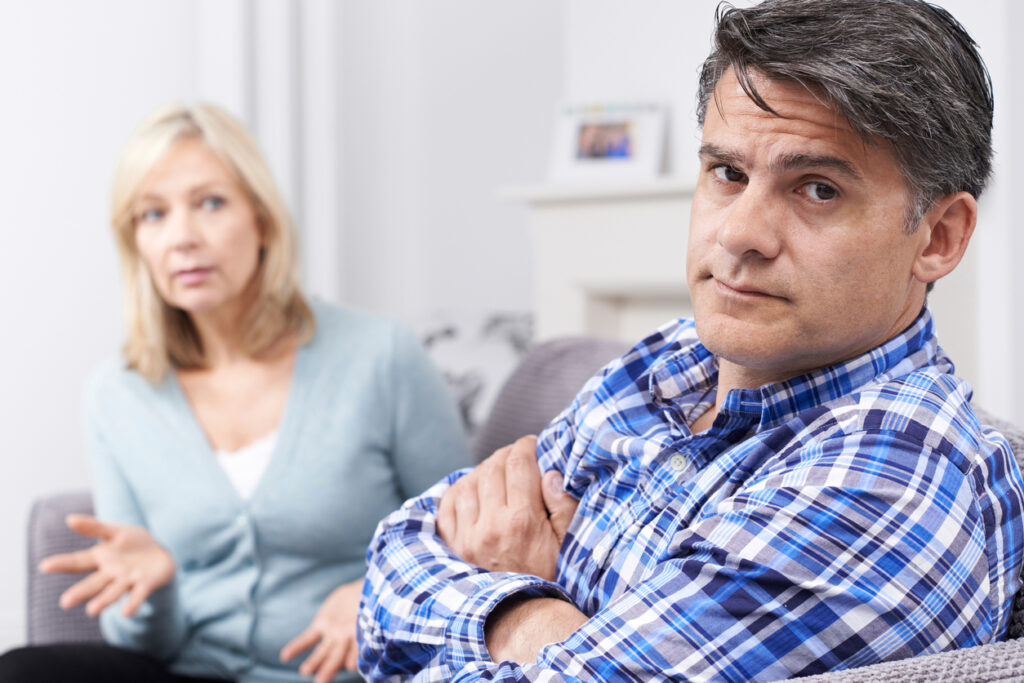In the 21st century, divorce is common. According to the American Psychological Association (APA), about 40 to 50 percent of marriages in the U.S. end in divorce.
At the same time, statistics from the World Health Organization (WHO) show that millions of teens around the world have been diagnosed with an emotional, mental, or behavioral health condition. In 2017 alone, in the United States, an estimated 3.2 million adolescents – that’s more than 13 percent of the population aged 12 to 17 – struggled with major depression.
Statistics also show adolescents with these diagnoses are getting appropriate treatment. Here’s what the numbers from the 2016 National Survey of Children’s Health (NSCH) show that in 2015:
- 78.1% of children and adolescents diagnosed with depression received treatment for depression
- 59.3% of children and adolescents diagnosed with anxiety received treatment for anxiety
- 53.5% of children and adolescents with behavior disorders received treatment for those disorders
Combine all these facts, and you can see why it’s not uncommon to find families where the parents are divorced and their child or teenager receives some type of treatment for an emotional, behavioral, or mental health disorder.
Divorced Parents With Kids In Treatment
Specific issues appear when an adolescent with divorced parents receives intensive mental health treatment. Parents with teens in intensive outpatient programs (IOP), partial hospitalization programs (PHP), or residential treatment centers (RTC) face a set of challenges other parents don’t – and it’s not always easy for them to understand what’s best for their child.
Here are three of the most common issues, and how parents can resolve them.
Issue #1: What happens when one parent supports treatment, but the other is opposed to treatment?
Divorce isn’t always peaceful or amicable. Co-parenting as divorced parents is not always peaceful, either. Sometimes it involves conflict. Divorced spouses may disagree on how best to handle their teenager’s mental health, addiction, or behavioral issues.
So what happens when one parent wants to place a child in RTC, PHP, or IOP, but the other parent refuses?
It depends on the details of the divorce. Specifically, the custody arrangement. If parents have shared custody of the child, both parents are usually asked to consent to treatment.
When one parent opposes giving consent, it can get tricky. Although California allows adolescents to consent to their own treatment once they are 12, many treatment centers want to avoid complicated legal situations. That’s why, usually, many treatment centers ask both parties for consent.
If one parent is opposed to mental health treatment, the other parent can work on showing them why it’s in their child’s best interests to get help.
Issue #2: What happens when divorced parents criticize one another in front of their child?
Unfortunately, some divorced parents are open about their dislike of one another. But when they express these opinions and feelings in front of the teen, it’s “therapy-interfering and treatment-interfering,” according to Lisa Faguet, LCSW, Clinical Program Director at Evolve Agoura.
Parents should realize that they undermine recovery when they engage in open, public battles with their spouse or when they criticize their former spouse while the teen is within earshot. This is a counterproductive habit for at least three reasons. First, the child feels caught in the middle. Second, they pick up on these unhealthy communication skills. Third, they realize that they, too, can be disrespectful whenever they feel like it.
Adolescents benefit greatly from having positive, healthy relationships with both parents, if possible. “Teens shouldn’t have to pick sides,” says Faguet. Which is why having divorced parents who co-parent effectively is so vital.
Issue #3: What happens when one parent doesn’t want the other involved in family therapy?
Sometimes, one spouse doesn’t want the other to participate in family therapy sessions offered at adolescent mental health treatment centers.
This is where the client’s interests come in. At most adolescent RTCs, PHPs, and IOPs, family therapy is client-directed. Clinicians work with the client to determine what they want, what their goals are, and what would be the best approach to their family therapy sessions. If the child wants both parents there, the therapist will encourage both parents to come. If having a shared session is not effective, the family therapy sessions can also be done separately.
“It’s important to listen to the teen and see what they want from their relationships with their parents,” says Faguet.
Regardless of who participates in the sessions, it’s very important that parents are on the same page regarding the teen’s treatment plan both during treatment and upon their return home.
Divorced Coparents: Put Your Children First
When divorced parents allow conflict to interfere with co-parenting, that conflict will interfere with their adolescent’s recovery.
“Not only will it delay their teen’s treatment progress, it will also limit the amount of progress the teen is ever going to make,” Faguet says.
That’s why it’s essential to put individual feelings aside and keep conflict at a minimum, both during treatment and after the adolescent comes home from treatment.
If you’re a divorced co-parent of a teenager in treatment, remember this one maxim:
It’s not about you. It’s about your child.
Let that guide you. And if your ex-spouse asks you to participate in family therapy, you say yes for your child. You don’t do it for yourself, and you don’t do it for your ex. You participate for the long-term health and wellbeing of your teen – and that’s all the reason you need.































































